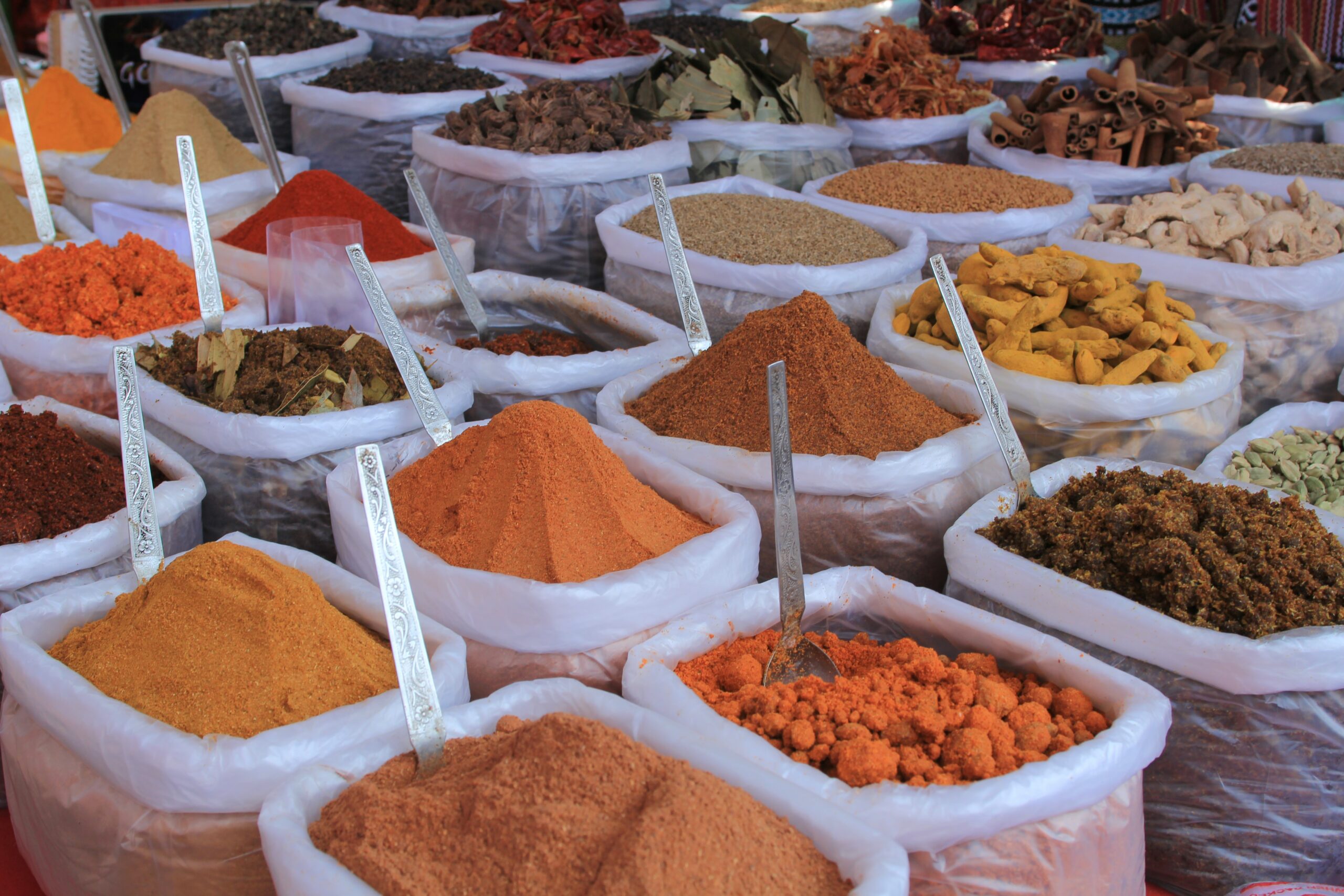Before the use of hops, brewers would try to preserve their beers and add enticing flavours to them by adding spice and herb combinations called variously gruit, gruyt, gruut or grut. British and Irish brewers also added a type of fine seaweed, called carrageen, or Irish moss, as much to clarify as to flavour them.
Even after hops became a universal ingredient, Flemish brewers continued with this practice, in the manner of bakers. Others have since followed.
Centuries of experience suggest that the gentle addition of tiny amounts of spice, such coriander, or forms of dried citrus peel, can add flavour to beers, in a subtle and enticing way. In the late 20th century this historical practice led on to the whole spice rack being exploited in the name of creating beers that were ‘different’. This fad has now passed its peak.
Liquorice and vanilla used gently can soften harsher stouts, though a skilled stout brewer can choose to play with their beer’s regular ingredients to make many flavours appear naturally.
Adding chilli to beer is decidedly more modern and American in origin, paralleling the addition of chilli to food. Opinion is divided about the usefulness of this, though there is some consensus that Mexican craft brewers have made some interesting spicy stouts, sometimes called Molé, that even the most creative brewer would be pushed to mimic by manipulation of grain, hops and yeast.
As yet no beer style has emerged in Europe that depends on containing a specific spice or herb.




